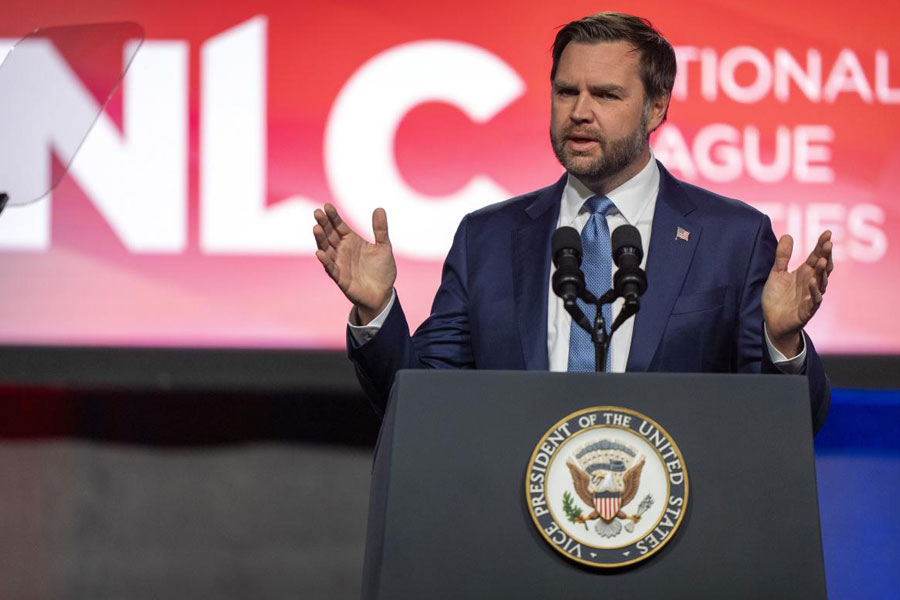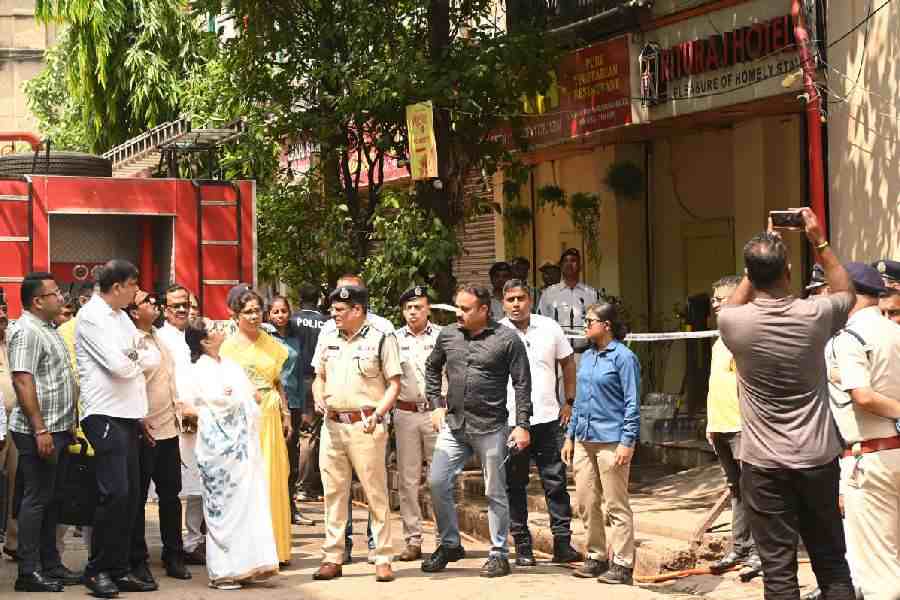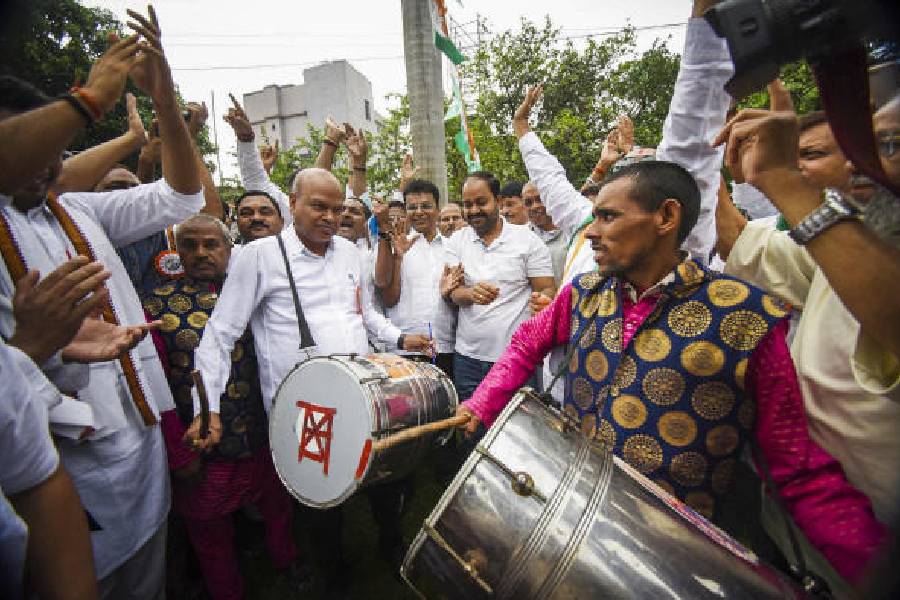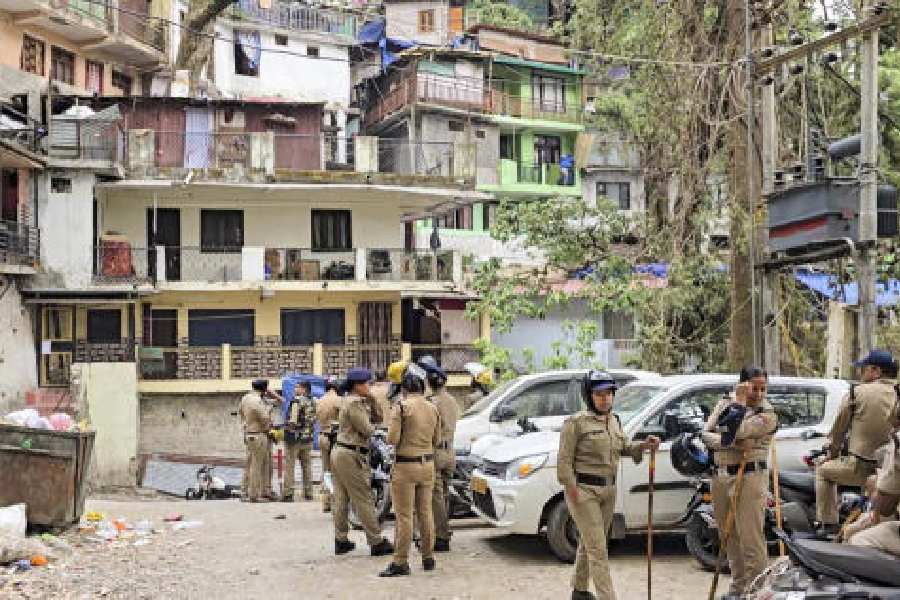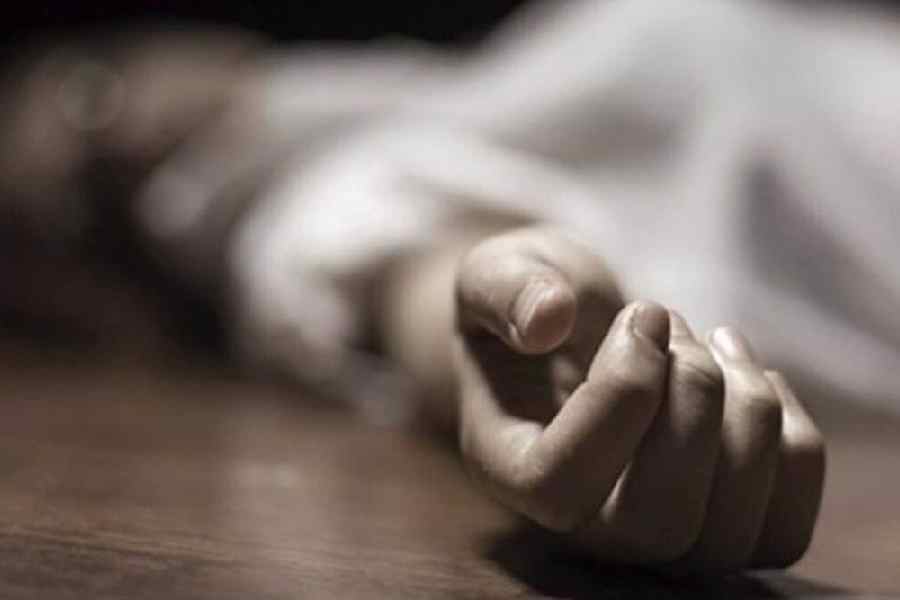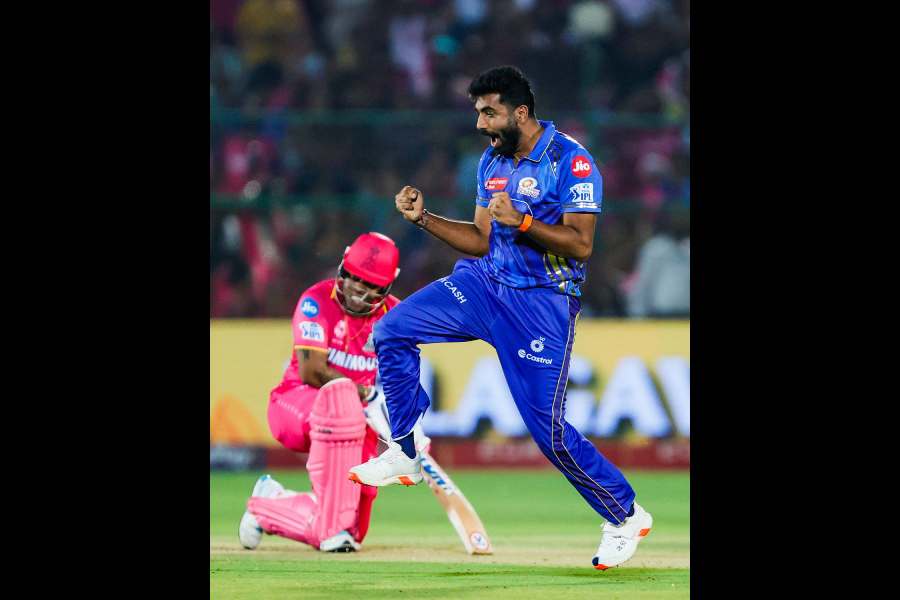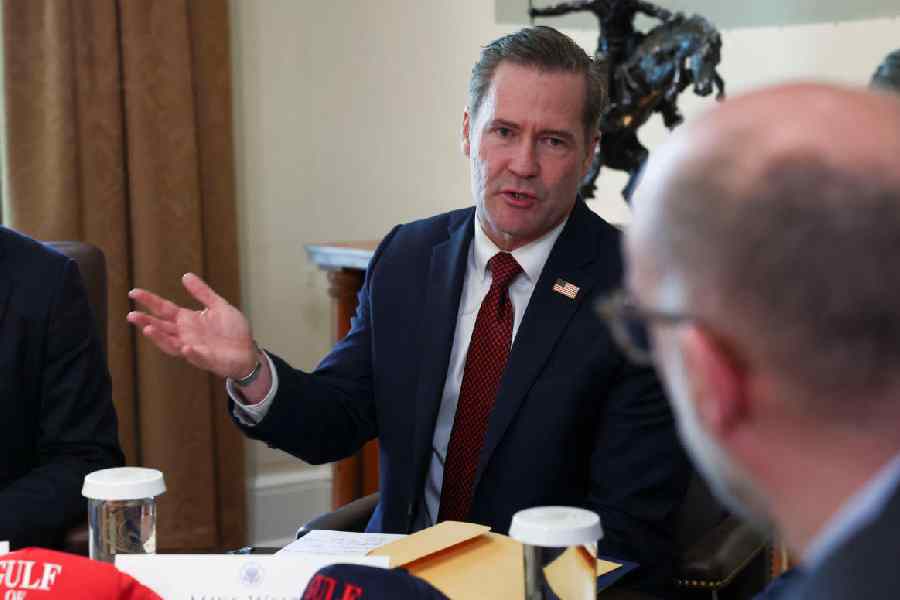 |
| A file photo of Dr Vinayan taken in 1988 by Krishna Murari Kishan |
He once carried a reward of Rs 1 lakh on his head. He was said to be running a parallel government and a state-wide alert was sounded to arrest him. But he remained completely unperturbed and there was nothing in his behaviour to suggest that he was on the run.
He walked as briskly and travelled as he always did. And he would drop in without any notice, stay for a day or two and then demand that I reach him to the station on my scooter.
I was always scared that he would be recognised because his photos were being published in newspapers. Why didn’t he put on a disguise, I had suggested, worried that if he were to be arrested from my home or my scooter, I, too, could land into trouble. He had laughed it off.
So, there I was, driving him to the station, hoping nobody would recognise him. And nobody did. On several occasions, he would get down in front of a police jeep and nonchalantly walk into the crowd.
The IB chief in the state, Shyamal Datta, who now happens to be the governor of Nagaland, however, told me, casually, that I should ask my friend to be careful. “The police know that he visits you and there is a plan to put your house under watch,” he informed.
Shocked, I tried to send word. But there was no mobile those days and he was literally “underground”. Several weeks later, he dropped in again. It was a relief to find him at large. But I was anxious that we should arrange for another hideout for him. I conveyed what Datta had told me. As expected, he was unruffled.
“My people are suffering in the cold,” he replied: “why don’t you ask your friend in the IB to donate some blankets,” he said, while preparing khichdi in our kitchen. It was an outrageous suggestion but I still conveyed it the next day.
A week later, Datta called up and asked if we could meet. When I called on him, he asked his men to take out his personal car. Both of us drove to my house and we unloaded 25 blankets. Days later, Datta and Dr Vinayan, the “dreaded” president of Mazdoor Kisan Sangharsh Samiti, a Naxalite-front organisation, met and discussed the political situation in the state. I believe they both developed a mutual respect.
He was, finally, arrested almost two years later. It was early in the morning while he was waiting at a small wayside station to board a train. A policeman on holiday recognised him. What is remarkable is that he apparently apologised to the “doctor” and explained that the “reward” would help him tide over his financial difficulties.
Ironically, one of the accused in the Baroda Dynamite Case during the Emergency, Dr Vinayan never approved of violence. Although during the Emergency he carried dynamite from Baroda to Patna, hid some in the house of a well-known journalist and took the rest with him to Bhojpur to blow up gas pipelines and railway tracks. With no experience of handling dynamite, the exercise flopped and he would laugh while recalling it.
He was a great story-teller (It’s a pity he did not have time to write) and recalled with relish his clandestine meeting with George Fernandes at a cathedral in Calcutta.
The media and the government found it convenient to describe him as a “Naxalite” but he actually believed in non-violence and I never saw him carry a firearm.
He had sharp differences with Naxalites underground and argued that while armed squads unleash violence and retreat, the innocent villagers pay for it. An armed squad would hold a court and mete out summary justice by killing a person. But the police would implicate 50 or 60 villagers for it and it would take the poor families six months or more to arrange for bail.
They would also spend time and money on litigation for years. One act of violence, therefore, had the potential of ruining an entire village, he said. The differences became so stark and sharp that he was forced to leave the outfit. For some time he was on the Naxalites’ hit-list and they unsuccessfully carried out a campaign to tarnish his image. He was publicity-hungry, they said, and fond of good life.
Even when Vinayan died on Friday last week, the ticker on TV described him as a “Naxalite” leader. But he was more a follower of Gandhi, setting off on padayatras at the drop of a hat. I recall two occasions, one after the Babri Mosque was demolished. He mobilised 100 villagers and set off for Ayodhya on foot. On the way they would talk to people and tell them of the threats from communalism.
On another occasion, he returned from a padayatra to Delhi and complained that there was no provision for pedestrians on the GT Road.
He had great difficulty in keeping the villagers accompanying him from getting run-over and he was incensed at the gross disregard for the common man.
Although he himself was a Brahmin, he identified with the backward classes. In India it is not easy to live down your caste identity and background. As a result, some backward communities harboured suspicion about his intent and upper classes marked him as an “enemy”.
He was too strong, too independent and too outspoken to be acceptable to any political party. Therefore, while lesser mortals got nominated or elected to the Rajya Sabha and the Legislative Council, he remained, till the end, a grassroot worker.
His brilliance had prompted Lal Bahadur Shashtri Administrative Academy to invite him, time and again, to deliver lectures to IAS probationers. His inputs were eagerly sought by the Planning Commission, which nominated him to an advisory committee and even the mandarins at the PMO sought his opinion.
He had a large circle of friends, in the bureaucracy and outside, and it would have been easy for him to lead a good life.
It would have been easier to get an assignment and live in Delhi. Had he desired, he could have secured foreign funds and travelled abroad.
But the “Doctor”, who studied at Agra Medical College but never appeared at the final examination, had chosen the killing fields of Jehanabad as his karmabhoomi.
While he would fly to the national capital for meetings at the Planning Commission and be put up in India International Centre or the Indian Habitat Centre, he would uncomplainingly return to Jehanabad. Those who have not been to Jehanabad, will find it difficult to imagine the conditions there.
When he died, his people in Jehanabad would not allow the body to be taken away. They insisted on cremating him close to the ashram he had set up. It was Jai Prakash Narayan who had asked him to go and work in Jehanabad, where he landed in 1974. During the last three decades, he had made it his home.
Vinayan will be mourned by anyone, who was fortunate to have spent time with him. The last time he called me up a few months ago, he did it to champion the cause of innocent villagers who were arrested in Garhwa.
The last time I met him was in Ranchi, where he was taking part in a workshop on displacement. I remember him sitting on fast in Patna on at least two occasions to demand that tribals be given back their right over minor forest produce.
On both occasions, the then CM of Bihar, Lalu Prasad, offered him lemon juice and the assurance that the demand would be met.
A god of small things or a champion of lost causes? He was so full of positive energy that setbacks would not daunt him. He was the stuff leaders are made of. But how many were prepared to be led?


